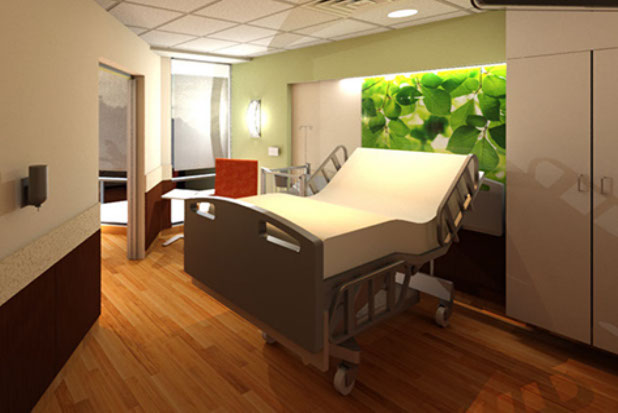
Services
CDG offers a wide range of services, including:
Planning:
· strategic master planning
· facility / master planning
· campus master planning
· feasibility studies
· Pre-planning / ROM estimates
· programming
· architectural design
· interior design
· equipment coordination
· project management
· construction phase services


CDG uses a vast array of media and techniques to promote project understanding. We build the Team’s collective understanding of a project through the use of:
• narratives
• spreadsheets
• hand drawn plans
• hand drawn 3d sketches
• 3d computer modeling for massing
• 3d computer modeling for materiality
• 3d computer modeling - BIM - for design coordination
• 3d computer modeling - BIM - for client understanding
• 3d computer modeling - BIM - for contractor coordination
3-D VISUALIZATION

CDG utilizes Revit exclusively for design and production. Our goal is to input information into a 3d format as early as feasible in the design process to begin to disseminate information in various formats to the Team. We find using Revit earlier rather than later in the process guides the Team to ask the harder, coordination-type questions earlier.
When developing projects - especially with difficult existing conditions - understanding the documentation challenges, the constructibility challenges and the overall Team coordination challenges related to equipment coordination, phasing, and shut-downs is key to a successful project. We want to set the project expectations early.
Additionally, during the design process we are able to use Revit’s 3d capability to better inform the Team. We understand many team members may not be ‘construction’ people. We push early in the process to begin to use 3d images captured from Revit. This allows non-construction people to better understand the space. This, in turn, allows us to keep the project moving forward by gathering better decisions based on understandable information.
Using Revit allows us to manipulate the project information in near-real time during meetings. Often times, our Team can display the Revit model during meetings and make modifications discussed at the meeting. This is a great benefit to the efficiency of a meeting. More information and better information can be gathered faster.
HAND DRAWN TECHNIQUES
During the course of a meeting, printed project drawings are among the techniques used to convey information. Especially early in the design process, simple, hand drawn revisions overlaid on top of a printed drawing can greatly improve the Team’s understanding. We find this especially true when discussing equipment placement in a patient room or exam / procedure space. We use hand drawings to develop a matrix of options. The various hand drawn overlays typically are documented in the project meeting minutes as attachments so the Team understands the history of a project.
Additionally, hand drawn sketches are used to convey simple massing concepts or basic geometry. Discussion can be had while the sketch is being drawn and immediately impact the result.
Hand drawn sketches are also used to convey the level of project development. Often times, when projects are input into computer programs, it gives the impression the project is designed and complete. At CDG we are able to use sketches as a way to slow down the process so we allow users to provide input without feeling the project is already designed.


